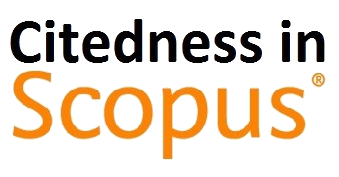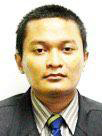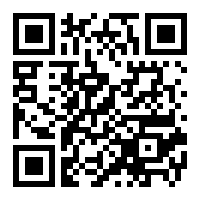Analysis of Integrated Lecture Minutes Recording System Analysis Based on RFID
(1) STIKOM Tunas Bangsa, Pematangsiantar, North Sumatra - Indonesia
(2) STIKOM Tunas Bangsa, Pematangsiantar, North Sumatra - Indonesia
(*) Corresponding Author
Abstract
RFID (Radio Frequency Identification) is an identification technology for wireless data retrieval using radio waves. RFID is part of the development of semiconductor technology that is integrated with informatics systems. In the college environment, especially in the academic sector, there is often a problem with the process of recapitulation of attendance notes for lectures which is not effective and efficient. Therefore this research aims to build an information system that utilizes semiconductor RFID technology. The RFID tag used is a card that will be used as a substitute for a student ID card (KTM) in which there is a unique code that is used as the ID number of each student. This RFID tag data will be integrated with the database system so that the attendance process for lecture minutes becomes more effective and efficient. This is because students carry out the attendance process by attaching the KTM to the RFID reader, which will read the RFID tag on the KTM and store it in the database. So that the process of attendance recapitulation of lecture events becomes easier because the data is automatically stored in the database.
Full Text:
PDFReferences
Ajib Hanani, “Rancang Bangun Sistem Informasi Akademik Online Universitas Islam Negeri Malang”, Skripsi, Malang: Universitas Islam Negeri (UIN), 2008.
Al-Qutaish, Rafa, E. “Quality Models in Software Engineering Literature: An Analytical and Comparative Study.” Journal of American Science 6, 2010.
Bondan Muliawan., “Rancang Bangun Sistem Informasi Akademik Berbasis Web: Studi Kasus di Teknik Elektro Universitas Diponegoro, STIMIK AKI dan IAIN Walisongo”, 2002.
Didik Hariyanto, M.T, “Pengembangan Sistem Informasi Akademik Mahasiswa berbasis Teknologi WAP (Wireless Application Protocol) di Jurusan Pendidikan Teknik Elektro FT UNY”, Penelitian, Yogyakarta: Universitas Negeri Yogyakarta, 2007.
Edhy Sutanta, “Sistem Informasi Manajemen”, Edisi 1 Cetakan ke 1, Graha Ilmu, Yogyakarta, 2003.
Galin, Daniel, “Software Quality Assurance: From theory to implementation”, Pearson Education Limited, Harlow, England, 2004.
Gulo W., “Strategi Belajar Mengajar”, Grasindo, Jakarta, 2005.
Guritno S., Sudaryono, et. al., “Theory and Application of IT Research – Metode Penelitian Teknologi Informasi”, Andi offset, Yogyakarta, 2011.
Henderi, “Analysis and Design with Unified Modelling Language (UML)”, STTT elematika Cakrawala, Tangerang, 2008.
Jogiyanto Hartono, “Analisa dan Desain Sistem Informasi Pendekatan Terstruktur”, Andi Offset, Yogyakarta, 2005.
Kadir, Abdul, “Pengenalan Sistem Informasi”, Andi Offset, Yogyakarta, 2003.
Kaner, Cem, “Exploratory Testing”, Florida Institute of Technology, Orlando- Florida, November 2006.
Mulyanto Agus, “Sistem Informasi Konsep dan Aplikasi”, Pustaka Pelajar, Yogyakarta, 2009.
Narimawati, Umi. “Riset Manajemen Sumber Daya Manusia”, Jakarta: Agung Media, 2007.
Pressman, S, Roger. “Software Engineering: A Practitioner’s Approach, 7th ed.” Dialihbahasakan oleh Adi Nugroho, J, Leopold Nikijuluw George dan et.al. Yogyakarta: ANDI, 2012.
Rosa, M. Salahudin, “Modul Pembelajaran Rekayasa Perangkat Lunak”, Bandung, 2011.
Sekaran, Uma. “Reach Methods for Business” Edisi ke-4, Dialihbahasakan oleh Men, K. Yon, Jakarta: Salemba Empat, 2006.
DOI: https://doi.org/10.30645/ijistech.v4i1.69
Refbacks
- There are currently no refbacks.
Jumlah Kunjungan:
Published Papers Indexed/Abstracted By:












